Cash is essential to the health of your business. It's the accelerator that enables growth and ensures the business's very survival. To help business owners navigate cash flow, especially in periods of uncertainty or crisis, here are three significant steps to cash flow management.
1. Review and monitor your cash flow
In business, most costs are predictable. Labor costs, vendor payments, overhead — you generally know what you have to spend every month.
The first step to cash-flow management is performing a cash flow analysis to officially identify these costs, how much they are and what cash you're taking in. Make sure to look at your different types of financial statements.
You probably focus on your monthly profit and loss statement to indicate the health of your business, but this tells you what yesterday's cash flow was. In addition, looking at the balance sheet helps you understand what tomorrow's cash flow will look like. It's why banks look at your balance sheet to determine your business's ability to repay loans and the likelihood of its survival.
Certain balance sheet accounts could help build long-term stability, and turning those non-cash assets into cash is critical, especially during challenging times. All assets should be looked at through the lens of how they generate cash. Spending money on slow-yield items won't help your business grow or be able to meet its current obligations.
In addition to your income statement and your balance sheet, you should also review your cash flow statement. It can help you understand how cash moves over a specific period. It shows cash inflows and outflows, tells you how much cash you had at the beginning versus the end of the period and shows how much cash you collected versus how much you paid out. It also separates cash flow into three categories: cash flow from operating activities, cash flow from investing activities and cash flow from financing activities.
Viewing the income statement, balance sheet and cash flow statement together can give you the complete picture of your business and the state of its cash.
2. Assess risks to cash flow
Cash flow should always be a part of your business's risk assessment practices. Equally important is assessing risks to your cash flow. There are several common risks:
Customer base: If a large part of your sales comes from a few customers, that puts you at risk because those customers significantly impact your revenue and, thus, your cash flow. If one or more of those customers discontinue business, it will negatively impact cash flow.
Supplier network: Your business relies on a few critical suppliers for raw materials used in production or products resold to the consumers. Relying on a few key suppliers increases the risk of the business because any disruption to those supplier relationships reduces your ability to fulfill orders and stock inventory, thus reducing cash flow.
Debt levels: Higher debt levels mean you're spending a lot on interest and don't have as much cash available, which is a business risk. However, forecasting repayments of principal and interest is helpful in cash flow management. Businesses with fixed-rate debt have some automatic stability in the expected cash flow for these obligations.
Businesses with variable-rate debt experience a reduction in cash flow when interest rates rise and an increase in cash flow when interest rates drop, making it critical to understand the impact this type of debt has on your cash flow and your ability to meet obligations such as payroll.
3. Fix cash-flow issues
One of the most common cash-flow issues is the slow influx of cash. Your business's payment practices and your customers' payment practices both factor into this.
If your business likes to pay bills quickly, understand that this negatively affects your cash flow — and that the issue is only compounded if your customers are slow to pay you. You can even this out more by setting standard terms across your accounts payable department for when you pay bills.
If your customers routinely pay several months out, adjust your price or payment terms accordingly. Set standard terms in your accounts receivable department so that there are firm expectations for when cash will be incoming.
During times of uncertainty, when you need to keep cash flowing, you could incentivize customers to pay sooner than usual by giving them a discount.
During a significant supply chain or labor disruption, if resources are harder to come by, you could work with customers to understand what orders they need now and what orders can wait until after the disruption. This has the added bonus of incentivizing customers to pay for those orders they need and freeing up resources to focus on other customers' high-priority orders.
Knowledge Is Power
Effective cash management requires conscious planning. The statement of cash flows can be used as an assessment tool to gain insight into your business's financial health. But business owners and managers need to understand what they're seeing — or they could draw the wrong conclusions. Contact us for assistance in improving your business's financial situation.



